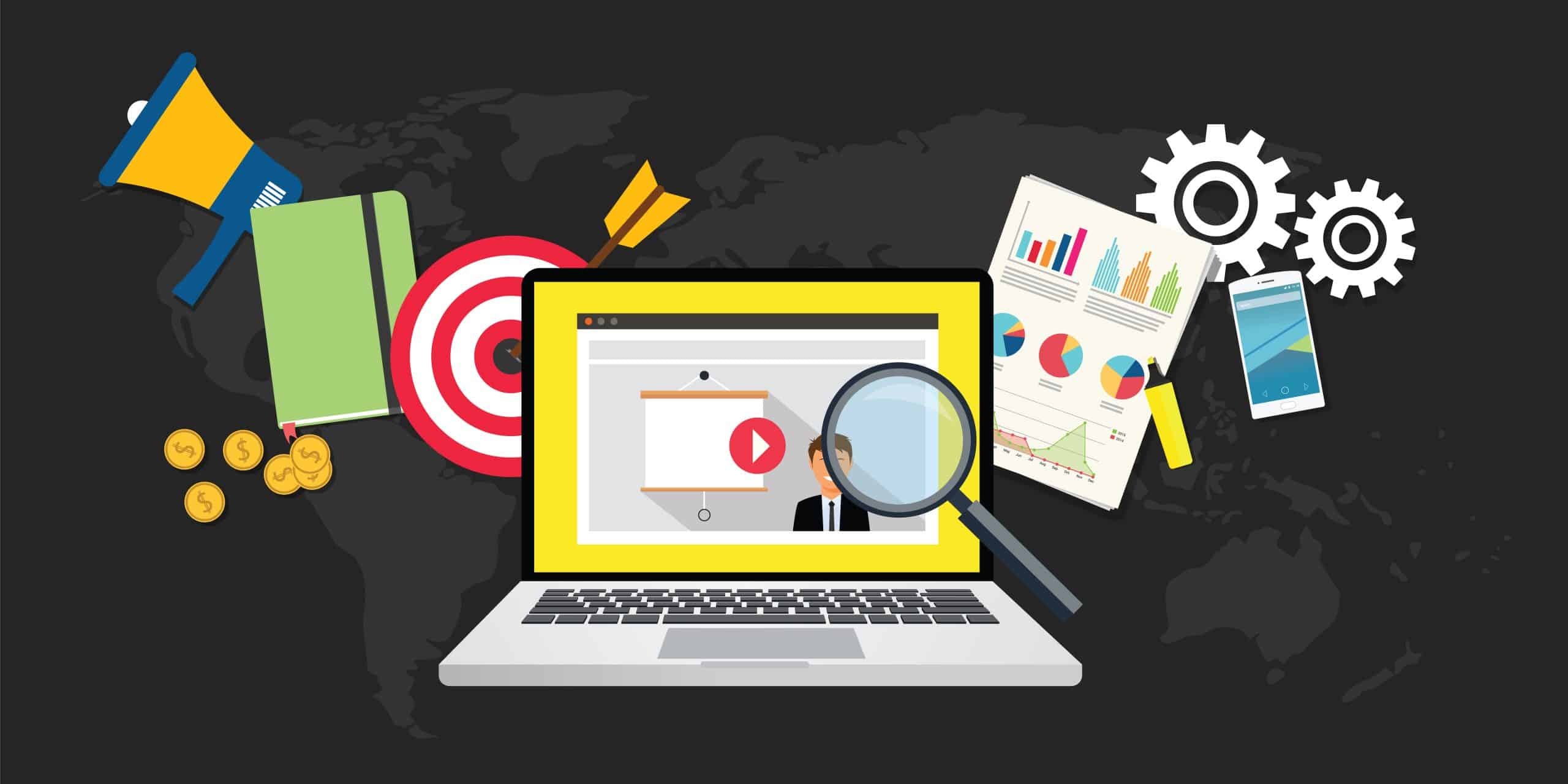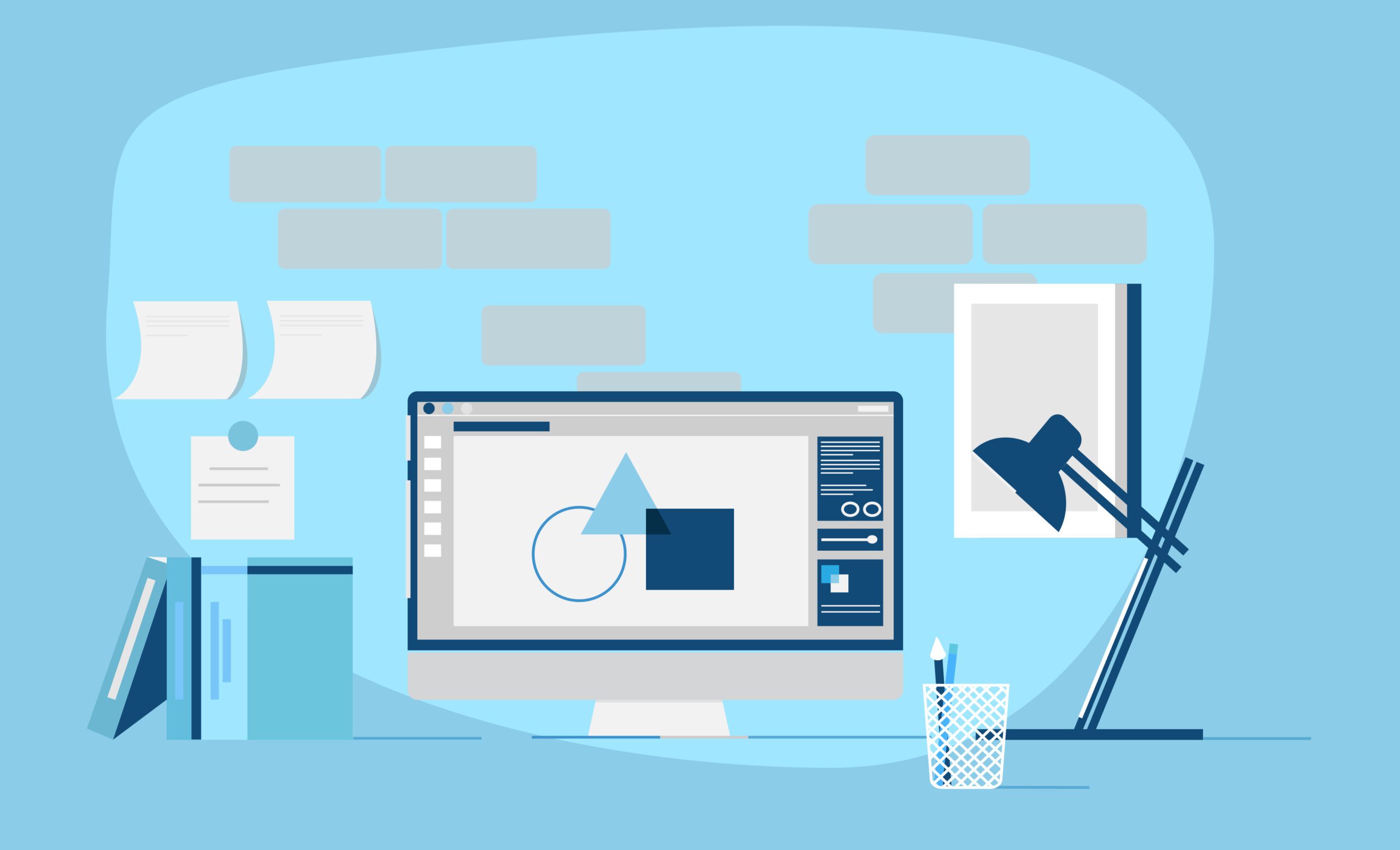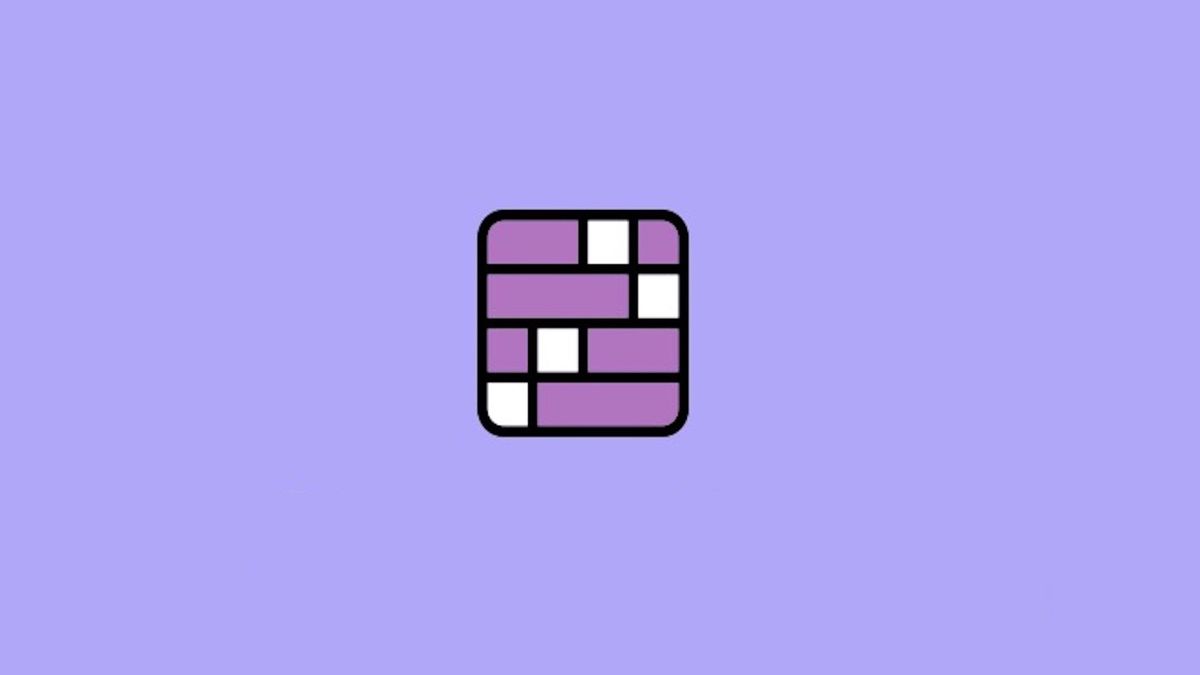Students often struggle to answer the question “What is a Computer?” This lesson will focus on providing students with an initial definition and working in groups to categorize photographs into categories such as “is a Computer” or “not a Computer.”
Computers come in all forms and sizes; from those intended to sit on your desk like desktop and laptop PCs to portable tablets that are built for use anywhere you may go.
History of Computer
Computers are general-purpose programmable machines designed to store, process and calculate meaning represented as signals or symbols. A computer can perform numerous operations and tasks at high speeds while being helpful for entertainment media communication automation calculations control systems robotics among many other fields of study.
Computers are increasingly being utilized in education to support research projects and to train individuals for specific professions. Being familiar with computers is now considered an in-demand skill.
Computers come in all forms. Some are mobile like smartphones and tablets, while others are designed to sit on a desk with keyboard and mouse. Computers serve a multitude of purposes ranging from editing word documents to attending video conference calls; from playing games and browsing social media – they’re an essential part of life that are becoming ever more prevalent.
Charles Babbage, known as the ‘Father of Modern Computers’, designed the first computer in 1820s England – an early mechanical computer which could perform complex calculations using punch cards with read-only memory storage system containing read-only memory containing read/write capabilities containing read instructions that had to be processed, performed operations on them and stored their results before being read back in again for storage purposes.
In the 1950s, two devices made remarkable strides forward: first was the transistor which replaced vacuum tubes and made computers smaller and more power efficient; and second was Douglas Engelbart’s GUI (graphical user interface) which made computers far more user friendly.
Hardware and Software
Computers are made up of hardware and software components. The former are the physical parts like keyboards and mice; while software – the brain behind all this functionality – informs both parts how and what to do, making a useful machine from an inert piece of machinery. Without it, computers would simply be useless machines – without programs like MS Word and Internet browsers being part of its makeup, computers would simply remain idle machines.
Computer hardware refers to any physical component that makes up a computer, including circuit boards and computer chips. It also encompasses internal parts such as the central processing unit (CPU) and memory. The CPU manages most operations that make a computer function, serving as its central hub between all other parts. Meanwhile, RAM memory serves as an intermediary for operating systems and applications to store information needed by CPU to perform tasks; it’s volatile memory; losing its data when shut down is inevitable.
Output devices of a computer include the monitor and speakers. A monitor displays processed data in either video or audio format while speakers deliver its audio output – such as playing music or conducting a video conference – via sound output from speakers located within or nearby a room. Meanwhile, input devices include keyboard, mouse, trackpad or touchpad, light pen microphone webcam speech input as well as keyboards that act as virtual mouse pointers or touchpads or touchpads on touch pads and light pens to enter text and images onto screens while keyboards or touchpads act as input devices into computers when connected via headphones plugged into speakers located within rooms containing one another containing output devices which allow audio or visual output from computers when connected via headphones to speakers installed within rooms with no speakers present; similarly for speakers they output audio or visual data which they play music from speakers situated within rooms which contain speakers which output may play music, conduct video conferences or display text/image display text/image output via the speakers as speakers where computer output may play music playback playback/conversations/ screen display text/ images can playback etc; when inputting data onto computers from keyboard mouse, trackpad/touchpad/touchpad pens microphone webcam or speech input devices a computer is generated or voice-input devices or voice-input systems to allow playback or for visualisation output is heard directly onto screens such as music streaming music/conference, playing music videos conference calls etc; speakers may play music, conduct conferences etc; the screen, etc displaying images displayed text/image display as text/ images display text or display text/display out in either of images on screens may display or text/image display screen respectively. Input devices may include keyboard, mouse, light pen mic webcam mic microphone webcam input systems etc.
Modern digital electronic computers can perform an automated set of arithmetic and logical operations called programs that enables computers to carry out various tasks automatically – making movies, playing games or conducting medical research studies automatically are just some examples of this capability. They even solve complex math problems in seconds!
Hardware
Computers have revolutionized our lives in numerous ways, from entertainment and communication, through education, business and government to daily life. Computers are used for everything from controlling industrial robots, calculating financial investments and designing medical procedures, to building aircraft and space craft – even powering the Internet that connects billions. Computers are extremely complex machines composed of both hardware and software components which work together to process symbols into meaning. They receive input via an input device before performing calculations based on instructions they receive before sending output back out through output devices.
Computers consist of four primary components, the CPU (central processing unit), memory, input/output devices and motherboard. The CPU contains thousands to trillions of tiny electrical circuits that can be toggled on and off with electronic switches corresponding to binary digits 0-1; when multiple circuits are interconnected they form logic gates capable of performing complex operations.
Input devices include keyboards and mice, while output devices include display screens and printers. Memory stores the program code and instructions stored by computers. There are two primary and secondary types of computer memory.
An inactive computer without software would simply be a collection of hardware parts unable to perform any function. Operating system (OS), is the key component that controls all memory and hardware operations; additional important programs include application programs designed to complete specific processes such as word processing and gaming.
Software
Hardware components of a computer are physical objects that make up its physical makeup, including: input devices such as keyboard and mouse, output devices (screen or printer) and central processing unit or CPU, memory storage devices and motherboard. Furthermore, each instruction on a computer has an associated opcode number to facilitate its performance – for instance adding two numbers together has one while multiplying them has another opcode.
System software is responsible for managing hardware components and providing basic non-task-specific functions. It may include word processors and spreadsheets as well as games, database systems and educational software programs – it may even contain malware such as viruses and worms that damage or disrupt a computer’s function.
Application software refers to programs designed for specific tasks, such as writing documents, playing games or browsing the internet. Applications can either be installed onto a computer system or downloaded from the web; operating systems serve as their basis and allow different applications to run smoothly by offering them a platform and by “abstracting” common functions for each program – for instance offering printing as an OS service means each one doesn’t need its own code for sending data directly to a printer which facilitates faster processing times.
Future of Computer
Computers are electronic machines which accept input and execute programs based on instructions, as well as store and retrieve data. Computers have become an indispensable part of modern life; from entertainment and media consumption, communication, calculations and automation all the way through to automation of human life processes and more.
Modern computers are highly complex machines. They can store terabytes of information in memory and perform an array of functions; these functions range from storage, programming and customization of programs that enable specific tasks that would otherwise not be achievable using other devices, to developing software programs and databases, presentations ERPs and CMS (content management systems). Computers are also capable of advanced calculations as well as being extremely fast devices.
Future computers will come in all forms and sizes; from those embedded into cars and phones to smart watches; connected to the Internet and able to remotely access data and software, fast data processing speeds and greater accuracy than ever before; analytics that learn from their surroundings so we can make more informed decisions; these devices could become ubiquitous.
At present, computers are relatively costly and consume vast quantities of electricity to function. As technology develops further, these costs will decrease while computers become smaller and more powerful, helping businesses and organizations increase efficiency through faster processing times and quicker decision making processes.
The future of computers will be exciting to witness. New applications for this technology that we cannot even fathom now will emerge, such as advertisements that use machine learning to target specific emotions; manufacturing robots capable of adapting themselves according to changes in physical conditions on production lines; or nano-sized bio-computers which monitor our bodies for signs of disease or cancer.



